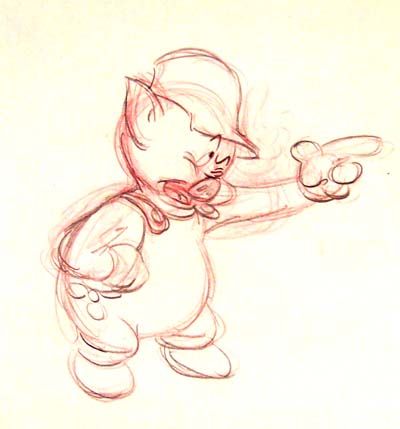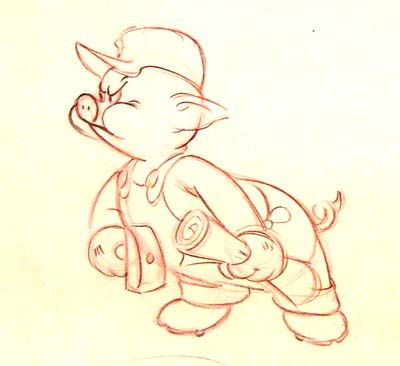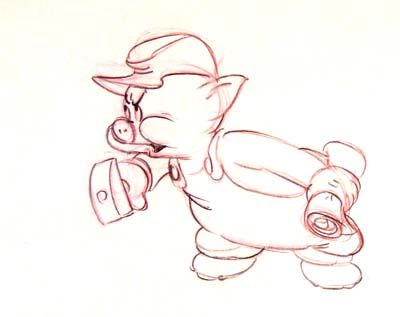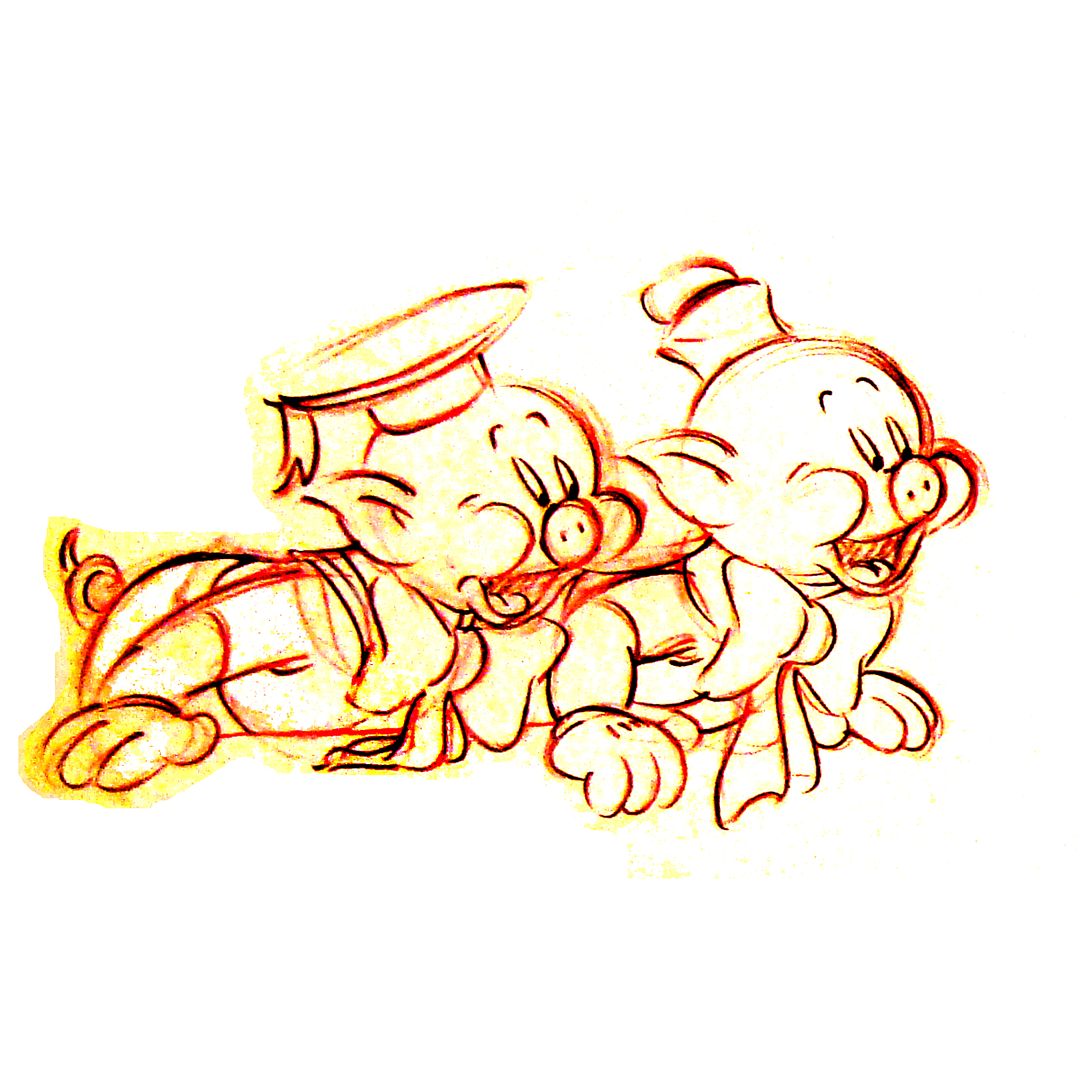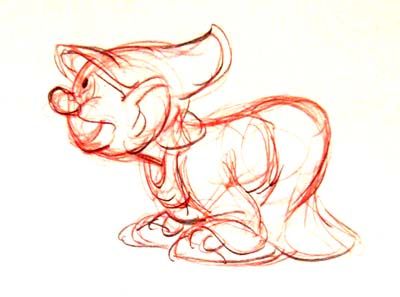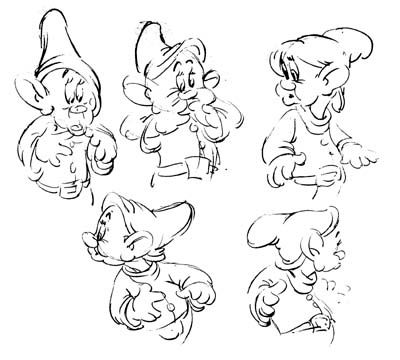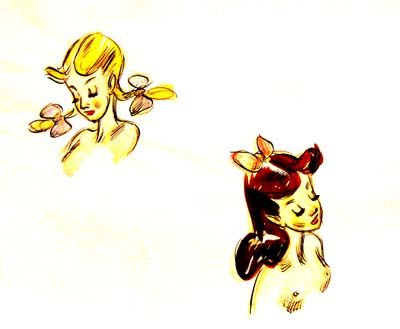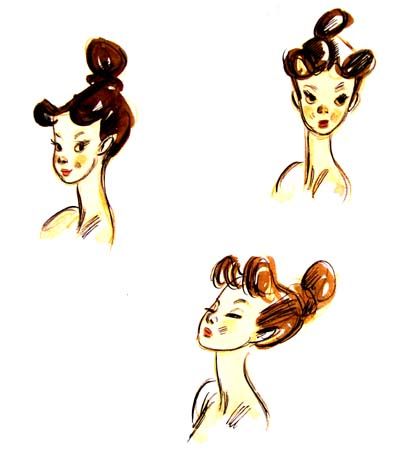Forbes rolls out a lengthy Q & A with Kara Vallow, the topkick at Fox Animation, the studio housing the McFarlane franchises. Some of the takeaways:
[Family Guy] is different than the other shows of its ilk because it is so much a product of one man's vision and voice. Seth [MacFarlane] created the show and he voices it and he's involved in every little part of it. He's constantly pushing himself and the show to not be stale. He's always focused on it being bigger and better and better-looking. This coming season the episodes are going to be way more expansive and more complicated than they have been in the past. ...
[FG] ... costs an incredible amount of money and it takes over a year to churn out an episode, so it's a big leap of faith for these studios on a medium they don't historically understand. But ... if it works, animation is more profitable than any other kind of show. People don't buy Two and a Half Men T-shirts and bobble heads the way they buy things for our shows. With our weird little adult animation niche, the sky is the limit with tchotchkes and action figures and ringtones. ...
Which is one of the reasons -- of several -- that studios make animation. (There's also things like shelf-life, saleability overseas, DVD profitability, etc.)
But animated shows aren't always expensive. Fox prime-time animated half-hours have different production costs than, say, lower rent cartoons shown at all hours of the night or day on basic cable. Simpsons episodes run in the millions, with high writing and voice-talent costs. Willy the Wacky Wombat, pre-produced by a small, non-union Valley studio, animated in Shanghai and shown on basic cable (if it's shown at all), comes in at a few hundred thousand bucks.
(Interesting wrinkle: The salary of the individual artist working on Willy, and the artist drawing Bart? Not that hugely different.)
However, the big reason animation keeps being made is it provides long-term cash flows for your friendly, neighborhood conglomerates. There are hundreds of live-action television shows that were produced in the fifties and sixties; today those shows might earn a trickle of license fees on TV Land. Beyond that they are, as the Germans say, kaput. But t.v. cartoons? Like the Flintstones? Like Yogi Bear? Like Scooby Doo? Those fifty-year-old limited animation epics trigger the sale of rubber toys, and games, and t-shirts. They sell lots of little silver disks. They beget sequels and spin-offs.
In short, Fred and Wilma go on forever.
And that's why, friends and neighbors, there are so many cartoons produced, even to this very day.
Click here to read entire post














